Comprehensive Guide: 25+ Stunning Bathroom Floor Tile Ideas for All Tastes and Budgets
Table of Contents
When it comes to bathroom design, choosing the right bathroom floor tile ideas can transform your space from ordinary to extraordinary. Your bathroom flooring forms the foundation for the entire room’s beauty, functionality, and long-term durability. Whether you’re renovating a small bathroom or designing a luxurious master suite, choosing the perfect floor tile balances style, practicality, and your personal taste.
The bathroom flooring market is booming with innovative options, making choosing the perfect tile both exciting and confusing. From classic subway patterns to bold geometric designs, modern homeowners have access to materials and styles that were unimaginable just a decade ago. This comprehensive guide will walk you through everything you need to know about selecting, installing, and maintaining beautiful bathroom floor tiles that will serve you well for years to come.
Why is choosing your bathroom floor tile more important than you think?
Your bathroom is exposed to more moisture, temperature fluctuations, and everyday wear and tear than almost any other room in your home. The flooring you choose must withstand these challenges while maintaining its beauty and integrity. Beyond its functionality, floor tiles significantly impact your bathroom’s overall appearance, size, and overall value.
Recent home improvement surveys indicate that bathroom renovations consistently yield the highest returns on investment, with flooring selection playing a crucial role in this success. The right bathroom floor tile ideas can make a small space feel larger, an old room feel modern, and a functional space feel luxurious.
Design Options That Maximize Your Bathroom’s Potential
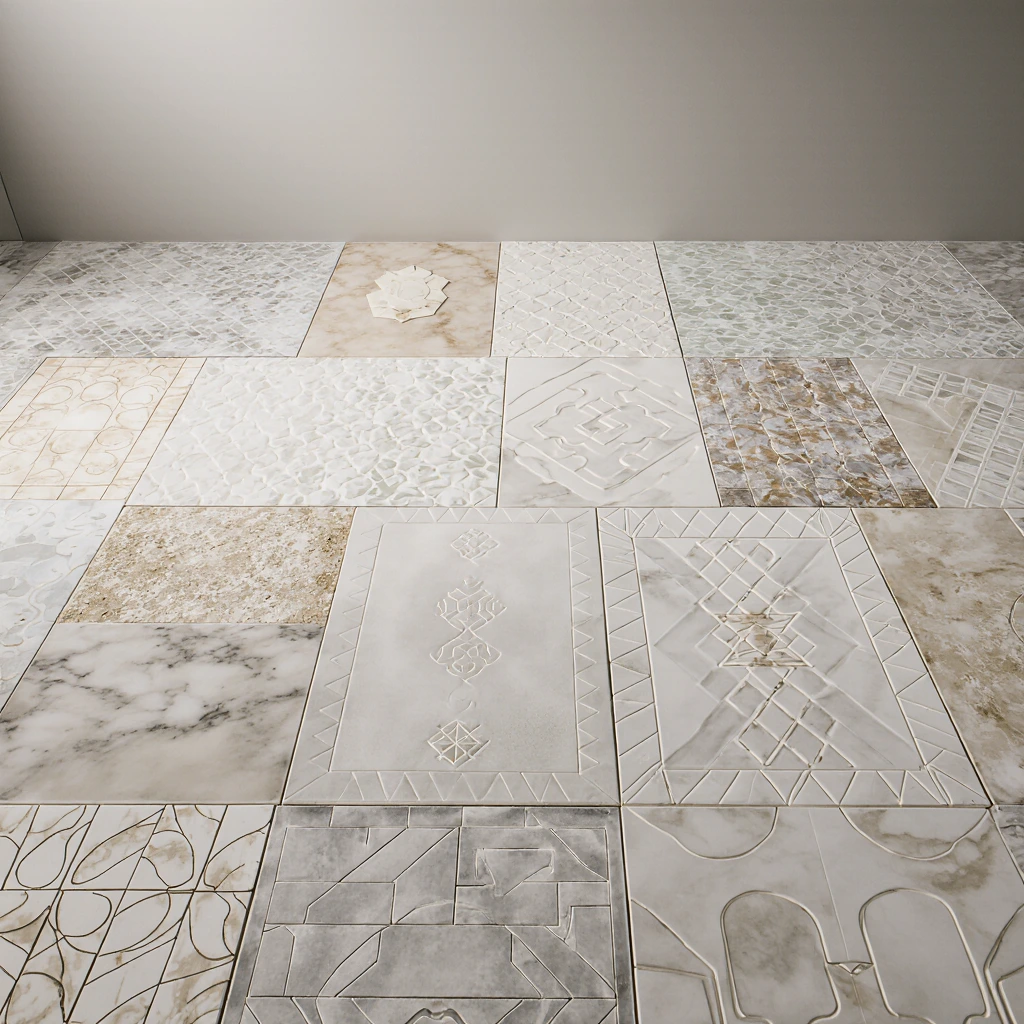
Small Bathroom Floor Tile Strategies
Create the Illusion of Space
Small bathrooms present unique challenges, but smart tile choices can work wonders. Light-colored tiles in large sizes create a sense of spaciousness by minimizing visual gaps. Consider using 12×12-inch tiles or larger to minimize grout lines, which can make spaces feel cramped and cramped.
Diagonal tile designs add a dynamic visual effect while making rooms appear larger. This technique works particularly well with square tiles, as it creates movement that draws attention across the space rather than focusing on limitations.
Vertical Elements of Height
Don’t overlook the opportunities to extend floor tiles to the walls. Spacing floor tiles 12-18 inches from the wall creates a uniform look that makes ceilings appear higher. This method is especially suitable for natural stone or large-format porcelain tiles.
Large Bathroom Design Opportunities
Zoning Areas with Different Patterns
Spacious bathrooms allow for creative zoning using tile patterns. Consider using the same tile in different designs to define zones—perhaps a standard grid pattern in the main space with a zigzag twist in the shower or vanity area.
Distinctive Combinations
Large bathrooms offer the opportunity to accommodate bold patterns that might otherwise overwhelm small spaces. Geometric patterns, mixed materials, or bold color contrasts become great points of interest when you have enough space to support them.
Smart Storage Solutions to Fit Your Tile Choice
Built-in Storage Considerations
When planning your bathroom floor tile ideas, consider how built-in storage will complement your flooring. Built-in shower enclosures, built-in vanities, and floor-to-ceiling storage should complement your tile choice rather than compete with it.
Transition Planning
Plan a seamless transition between different flooring materials. If you’re using wood-look tile in the master bathroom but switching to natural stone in the shower, make sure these materials complement each other in size, color, and style.
Easy-Maintenance Storage Solutions
Choose tile that’s easy to clean around storage areas. Larger tile sizes mean fewer grout lines around sink bases and storage cabinets. Consider how your tile will look with the inevitable wear patterns around frequently used storage spaces.
Materials and Finishes: Durability and Elegance
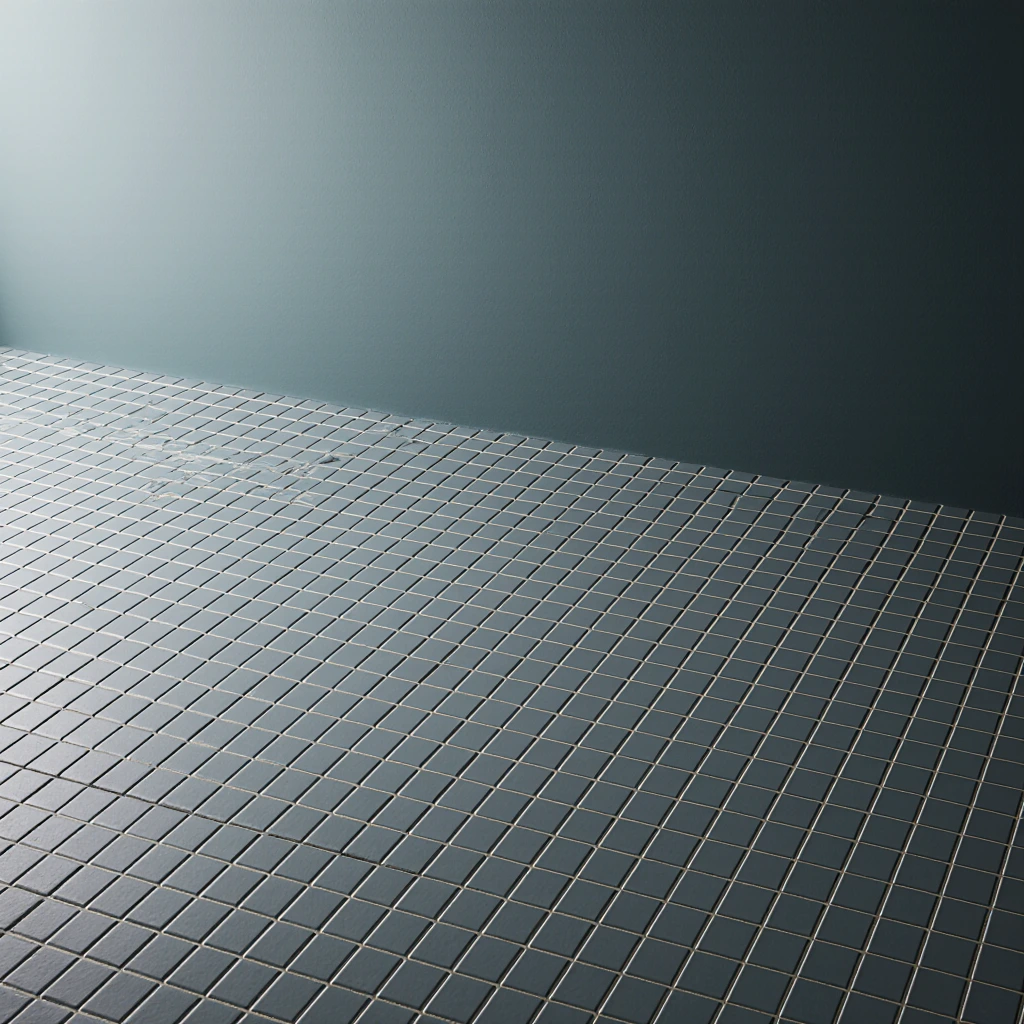
Robust Porcelain Options
Large Format Porcelain
Contemporary porcelain tiles offer amazing versatility in bathroom applications. Large size options (24 x 48 inches or larger) create a harmonious, contemporary look while offering excellent water resistance and durability. These tiles beautifully mimic natural materials such as marble, wood, and concrete, while delivering superior performance.
Decorative Porcelain for Safety
Slip resistance is essential in bathrooms. Look for porcelain tiles with a smooth texture or matte finish that provide excellent stability without compromising style. Many manufacturers now offer great options that meet commercial slip-resistance standards while maintaining the aesthetic appeal of your home.
The Elegance of Natural Stone
Marble Varieties
Natural marble remains one of the most sought-after luxury types, but be mindful of its maintenance requirements. Carrara marble offers timeless elegance, while darker options like Nero Marquina hide stains better. Always ensure natural stone is properly sealed and maintained according to the manufacturer’s recommendations.
Travertine and Limestone
These stones have a unique character with natural variations that are difficult to replicate artificially. They are a great fit for spa-like bathroom designs, but they require good sealing and ongoing maintenance to prevent water damage and stains.
The Versatility of Ceramic Tile
Subway Tile Innovation
The classic subway tile has evolved beyond the traditional white rectangle. Consider oversized subway tiles, color options, or creative installation patterns like vertical stacking or herringbone designs to give this classic choice a modern twist.
Mosaic Possibilities
Mosaic tiles offer endless creative possibilities for bathroom flooring. From classic circular shapes to contemporary geometric patterns, mosaics add texture, color, and visual appeal, while providing excellent slip resistance thanks to the increased grout lines.
Lighting and Ventilation Considerations for Tile Selection
How Lighting Affects the Appearance of Tile
The bathroom floor tile ideas you choose will look completely different under different lighting conditions. Natural light brings out the true colors and texture, while artificial lighting changes the color temperature and highlights different aspects of your tiles.
Color Temperature Planning
Warm LED lighting (2700-3000K) enhances warm-colored tiles like travertine or wood-look options, while cool lighting (3500-4000K) complements gray, white, or blue tiles. Consider installing dimmer switches to adjust the lighting throughout the day.
The Impact of Ventilation on Tile Performance
Good ventilation is essential for any bathroom flooring choice. Inadequate ventilation can lead to moisture problems that affect the grout, lead to mold growth, and can damage the surfaces beneath your beautiful tiles.
Exhaust Fan Size
Make sure the exhaust fan is sized appropriately for your bathroom space. A general rule of thumb is 1 cubic foot per minute per square foot of bathroom space, with higher requirements for bathrooms with steam showers or multiple fixtures.
Common Bathroom Design Mistakes and How to Avoid Them
Grout Line Mistakes
Width and Color Choices
Many homeowners underestimate the visual impact of grout lines. Contrasting grout may highlight tiles, but it can also highlight installation flaws. Consistent grout creates a consistent look, but it shows dirt more easily. Consider your lifestyle and maintenance preferences when making this decision.
Proper Sealing
Failure to seal grout lines properly is one of the most common bathroom flooring mistakes. Even the most beautiful tile installation will fail if moisture seeps through unsealed grout. Invest in a high-quality grout sealant and maintain it according to the manufacturer’s recommendations.
Size and Proportion Issues
Tile Size Relationships
Avoid using tiles of dramatically different sizes throughout your bathroom unless you’re creating intentional contrasting areas. A general rule of thumb is to keep tile sizes in a 2:1 ratio for consistent designs.
Too Many Patterns
While patterns can add interest, too many competing patterns leads to clutter rather than elegance. If you choose patterned floor tiles, consider keeping your wall tiles simple, and vice versa.
Installation Shortcuts That Cost a Lot in the Long Run
Substrate Preparation
Proper subgrade preparation is critical to long-term success. Compromising on waterproofing, leveling, or floor stability will lead to problems regardless of the beauty or cost of your tiles.
Professional vs. DIY Considerations
While many bathroom tile projects are suitable for skilled DIYers, intricate patterns, natural stone installations, or bathrooms that require extensive plumbing typically benefit from professional installation to ensure long-term success.
Trending Bathroom Floor Tile Ideas for 2025

Sustainable and Eco-Friendly Options
Environmental awareness is driving innovation in the tile industry. Look for tiles made from recycled materials, natural stones from sustainable sources, or products with environmental certifications such as GREENGUARD or LEED.
Technology Integration
Smart tiles with built-in heating elements are becoming more accessible and energy-efficient. These systems offer luxurious comfort while maintaining the aesthetic appeal of your chosen tile design.
Color Trends and Patterns
Earth Tones and Natural Colors
Warm, earthy colors are dominating bathroom design trends. Think terracotta, sage green, warm gray, and natural stone colors that create a calming, spa-like atmosphere.
Geometric Patterns
Bold geometric patterns add a distinctive touch to contemporary bathroom designs. From hexagonal tiles to intricate textured patterns, these options are particularly suited to modern and transitional design styles.
Affordable Bathroom Floor Tile Ideas
Achieving Maximum Style on a Budget
Beautiful bathroom flooring doesn’t require a large expense. Ceramic tiles offer excellent value with durability and style. Focus your budget on the most used areas, and choose simpler patterns that highlight the tile material rather than complex installation techniques.
Mix Luxury with Simple Elements
Consider using more expensive tile as a statement addition, while choosing economical options for most of your flooring spaces. This approach allows you to incorporate premium materials without breaking the bank.
Long-Term Value Considerations
When evaluating bathroom floor tile ideas, consider long-term costs, including maintenance, replacement potential, and the impact on home value. Sometimes, spending a little more upfront can save money over time by reducing maintenance and increasing durability.
Installation Tips for Long-Lasting Results
Professional Planning
Whether you’re hiring professionals or doing the project yourself, careful planning is essential. Create detailed plans, order additional materials (usually 10-15% more), and ensure you have all the necessary tools and supplies before installation begins.
Expected Timeline
Bathroom tile installation typically takes 3 to 7 days, depending on the size of the room, the complexity of the pattern, and drying time requirements. Plan for downtime in your bathroom during this time and arrange for alternative facilities as needed.
Maintenance and Care for Long-Lasting Beauty
Daily Maintenance Habits
Simple daily habits extend the life of your bathroom floor tiles and greatly enhance their beauty. Mop up water immediately, use bath mats in high-traffic areas, and ensure good ventilation during and after showering.
Deep Cleaning Schedules
Establish regular deep cleaning schedules based on your tile type and household usage. Natural stone typically requires different care than porcelain or ceramic options. Always use cleaners recommended by the tile manufacturer to avoid damage.
When Should You Reseal?
Most bathroom floor installations benefit from periodic resealing, especially grout lines and natural stone tiles. Plan to reseal grout annually and natural stone according to the manufacturer’s recommendations, typically every one to three years depending on the application and stone type.
Conclusion
Choosing the right bathroom floor tile ideas requires balancing aesthetics, function, budget, and long-term maintenance considerations. The best choice for your space depends on your specific needs, preferred style, and lifestyle requirements.
Remember, bathroom flooring is a long-term investment in the comfort, function, and value of your home. Take the time to research available options, visit showrooms to view the tiles in person, and consider how your choices align with your overall bathroom design vision.
Whether you prefer the timeless elegance of natural stone, the versatility of porcelain, or the creative possibilities of mosaic tiles, the key is to choose options that reflect your personal style and meet the practical requirements of everyday bathroom use.
Ready to renovate your bathroom with stunning new floor tiles? Start by measuring your space, creating a mood board, and ordering samples of the tiles that catch your eye. Your dream bathroom floor is within your grasp with careful planning and the right tile selection.
What’s your favorite bathroom floor tile style? Share your renovation plans or completed projects in the comments below, and don’t forget to subscribe for more bathroom design tips and trends from experts!
Best Amazon Picks :
FAQs
Q: What’s the best tile size for small bathrooms?
A: Larger tiles (12 x 12 inches or larger) are typically better in small bathrooms because they create fewer grout lines, making the space appear larger and more spacious. However, tiles that are too large can look disproportionate in very small spaces, so consider the dimensions of your room.
Q: Are natural stone tiles suitable for bathroom floors?
A: Natural stone is an excellent choice for bathroom flooring when properly sealed and maintained. Marble, travertine, and slate offer unique beauty and durability, but they require more maintenance than porcelain or ceramic options. Consider your lifestyle and maintenance preferences when choosing natural stone.
Q: How do I choose between matte and glossy tile finishes?
A: Matte finishes offer better slip resistance and conceal water spots, making them practical for bathroom floors. Glossy finishes reflect more light and make spaces appear larger, but they can be slippery when wet and water spots appear more easily. Consider safety and maintenance preferences when making your decision.
Q: What are the most durable bathroom floor tile materials?
A: Porcelain tile is generally considered the most durable choice for bathroom flooring. It is highly water- and scratch-resistant and is available in countless designs, including realistic wood and stone looks. High-quality ceramic tile also offers excellent durability at a lower price.
Q: What is a reasonable budget for bathroom tile installation?
A: Bathroom tile installation costs vary greatly depending on the tile type, room size, and installation complexity. A budget ranges from $3 to $15 per square foot for materials, and $5 to $15 per square foot for professional installation. Intricate patterns, the use of natural stone, or extensive floor preparation can significantly increase costs.
Q: Can I install bathroom tile myself?
A: Many bathroom tile installation projects are suitable for DIYers, especially with ceramic or porcelain tiles with simple patterns. However, consider hiring professionals for natural stone installation, intricate patterns, or if extensive plumbing or waterproofing work is required.
Q: How do I prevent grout from staining and discoloration?
A: Properly sealing grout is the first line of defense against stains and discoloration. Choose high-quality grout sealers and reapply them annually. Regular cleaning with appropriate products and good bathroom ventilation also help maintain the appearance of grout over time.
Q: What are the current trends in bathroom floor tiles?
A: Current trends include large-format tiles, wood-look porcelain, geometric patterns, earthy tones, and sustainable materials. However, choose tiles based on your personal taste and functional needs, not just trends, as bathroom floors are a long-term investment.
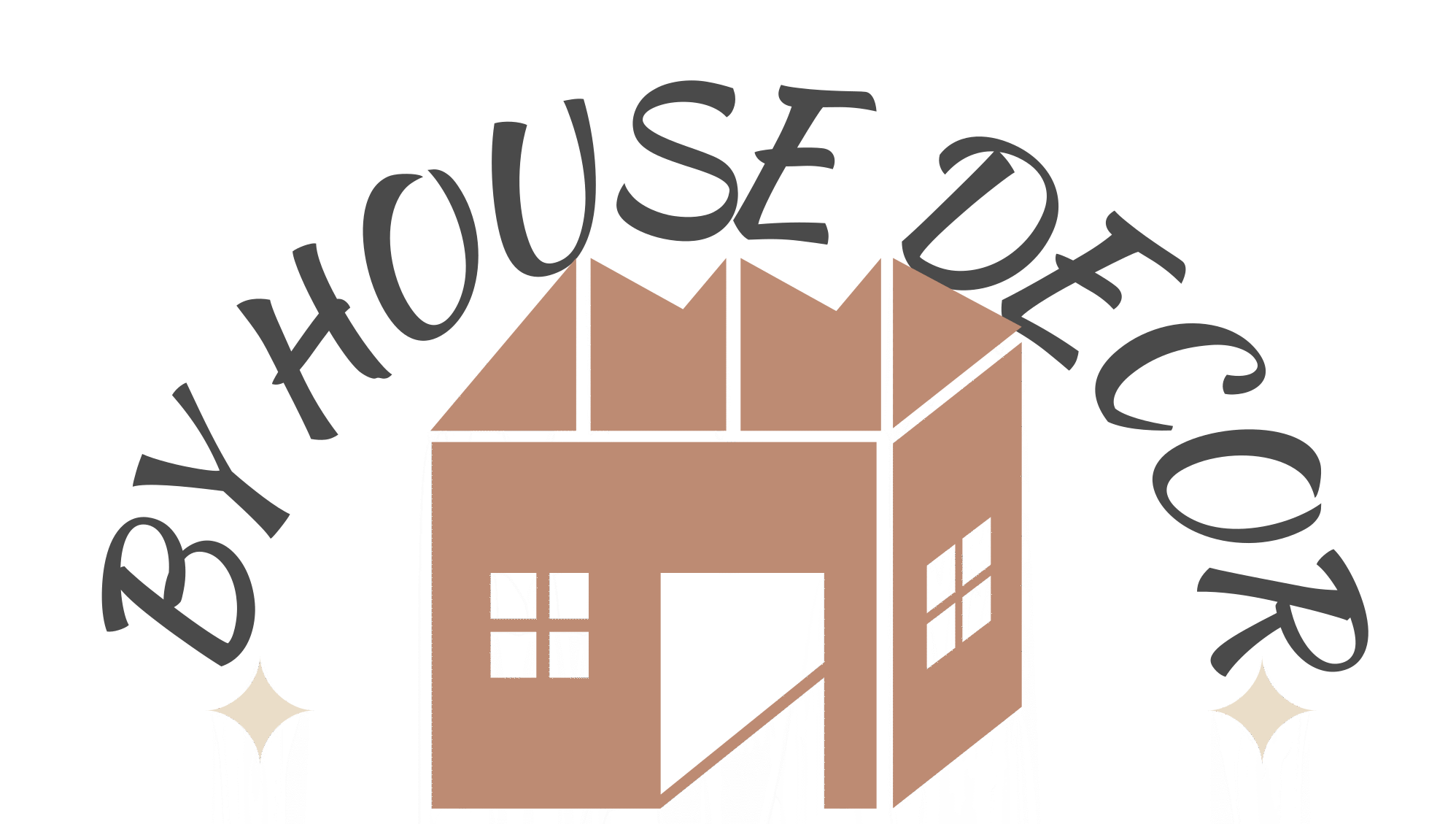
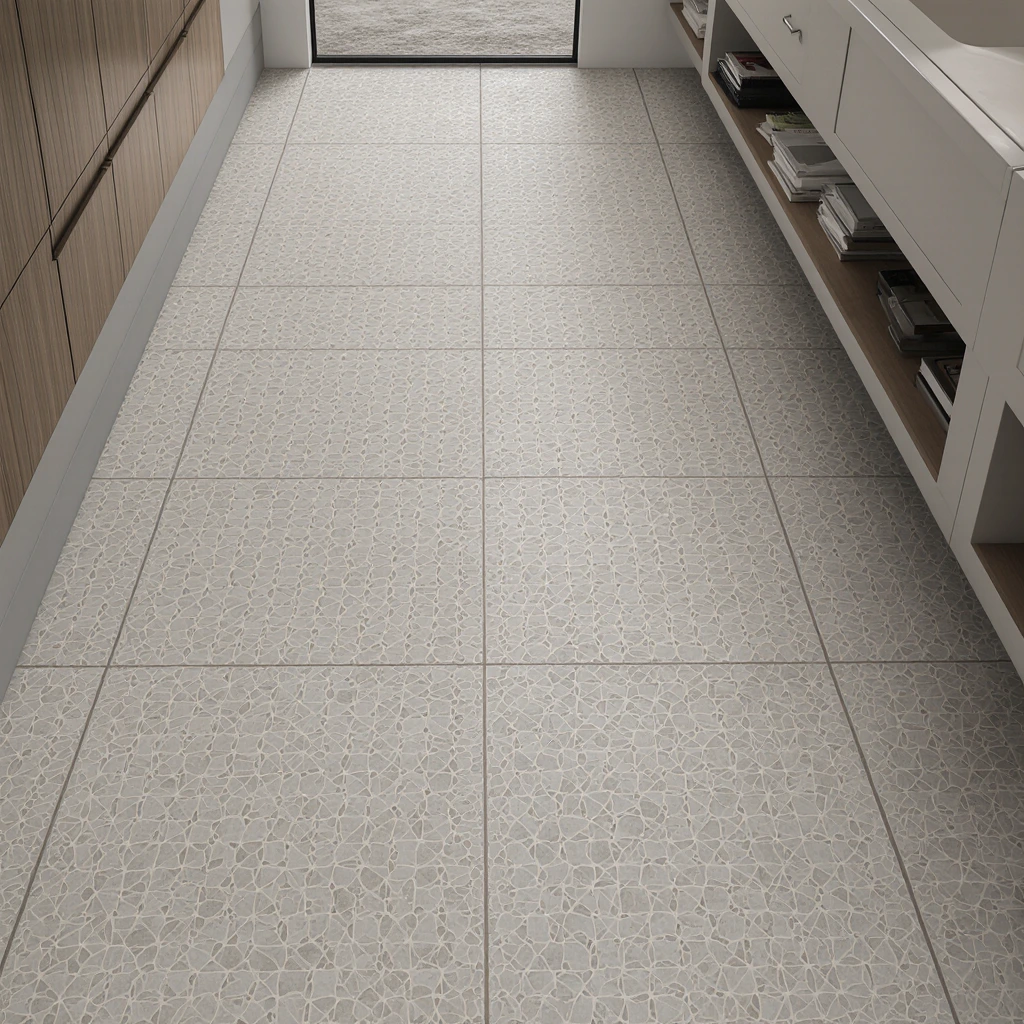
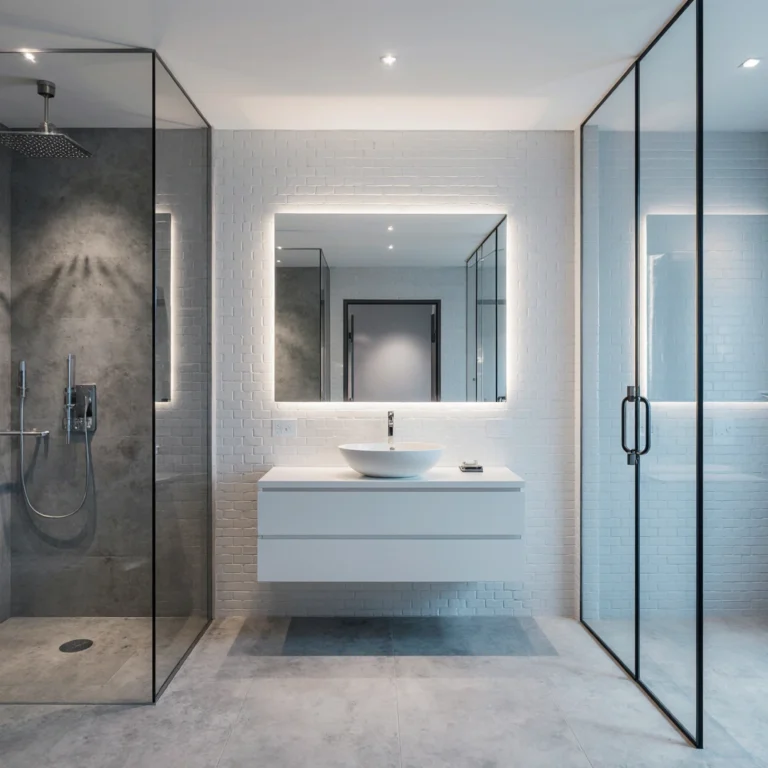

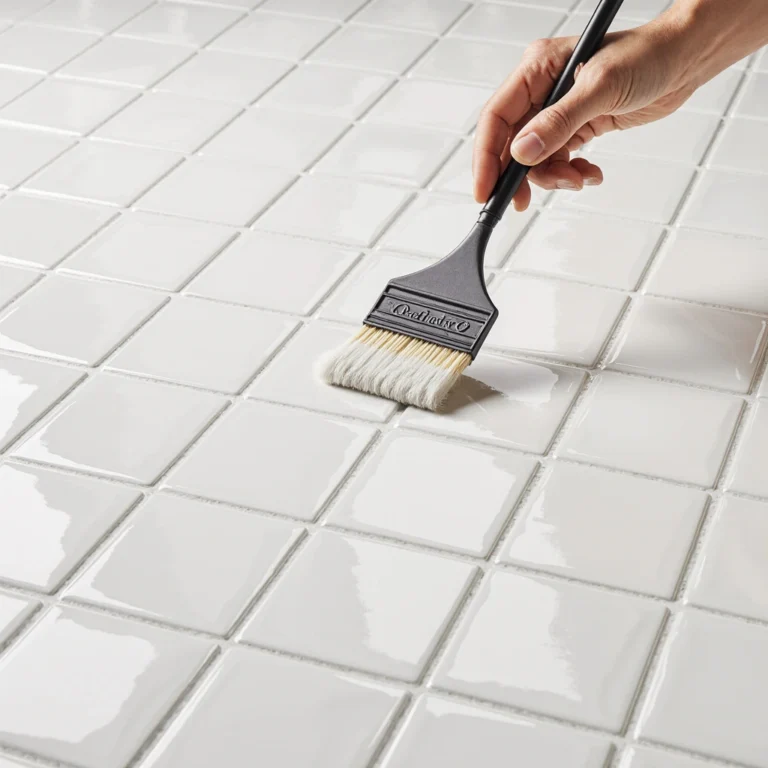
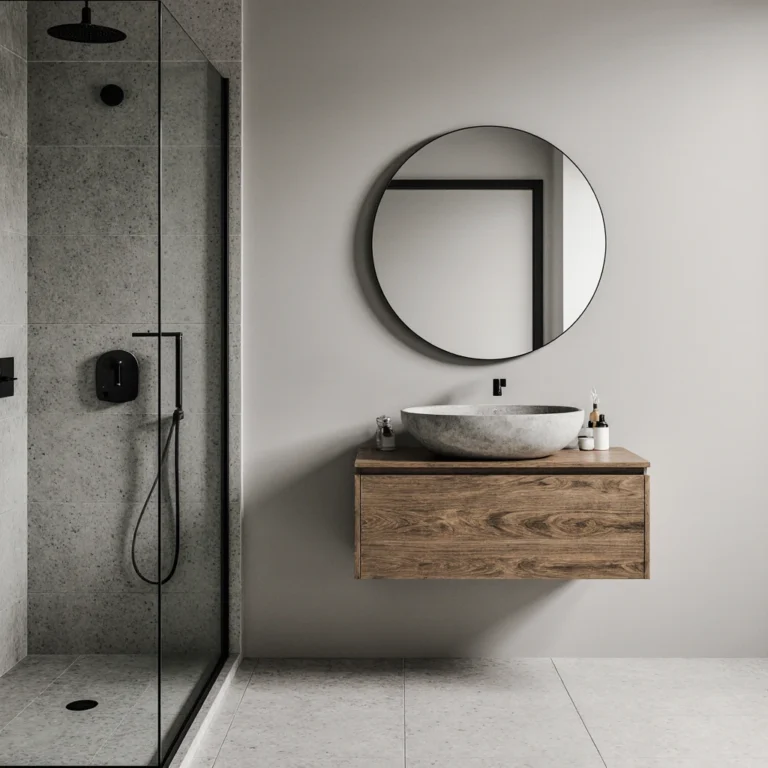
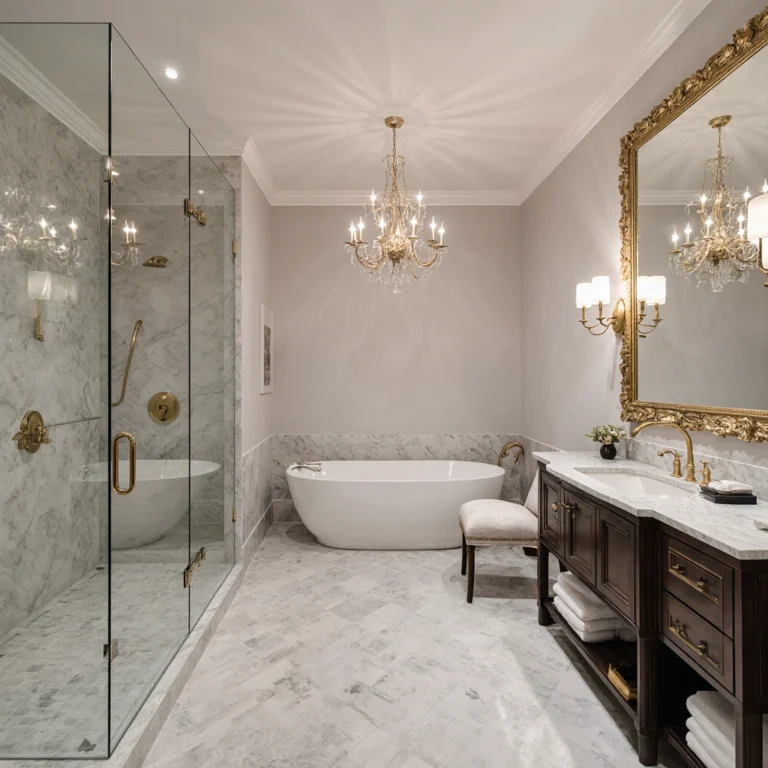
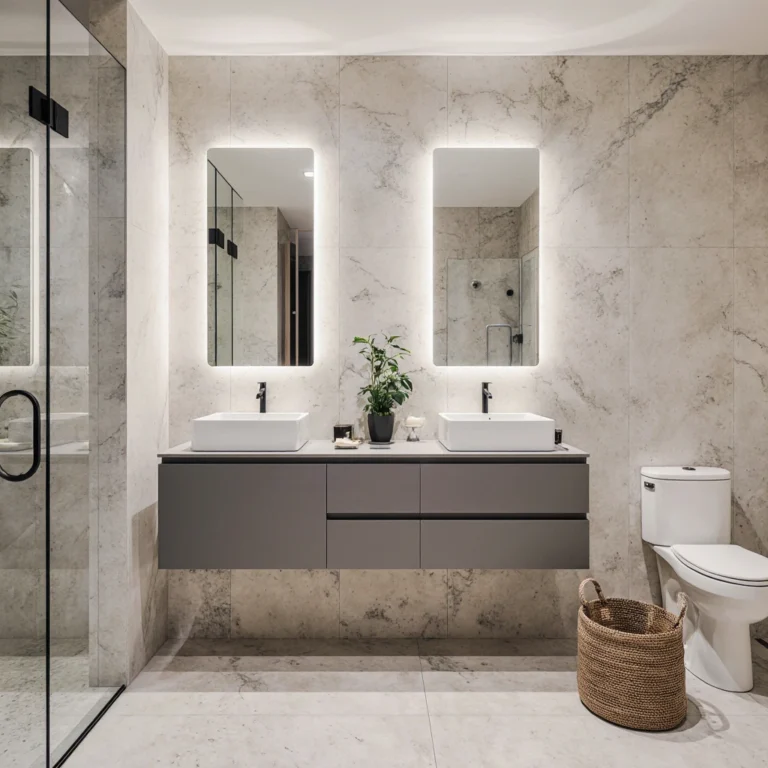
One Comment
Comments are closed.